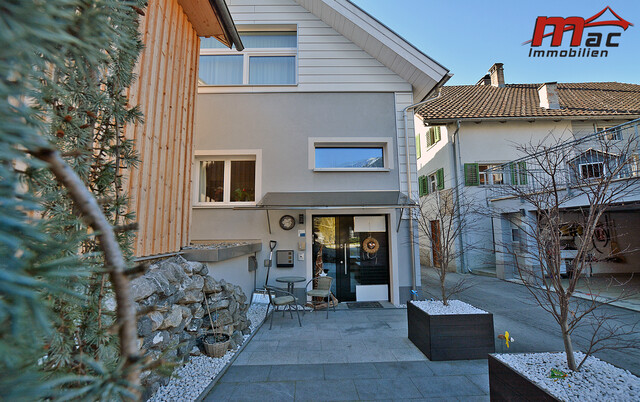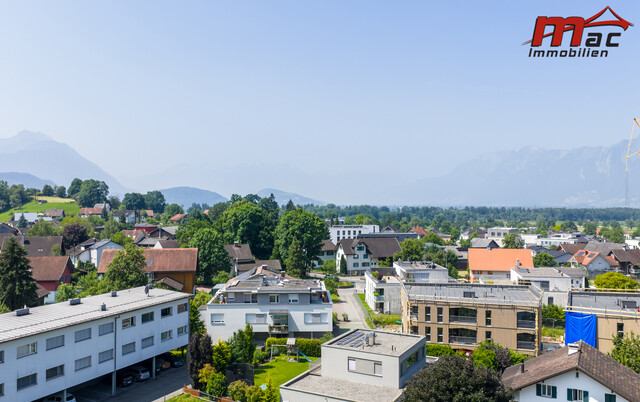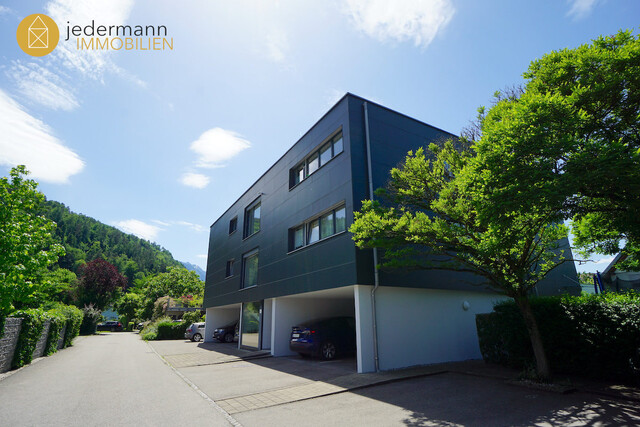Domestic Industry Recovers in October
"The economic situation in the domestic industry remained very fragile in October, burdened by concerns of companies due to weakening demand, geopolitical tensions, high costs, and declining competitiveness," says Bank Austria's chief economist Stefan Bruckbauer. "However, the signs of stabilization have solidified and give hope for an improvement in the industrial economy in 2026."
Domestic economy records slightly higher production
Thanks to a significantly more favorable order situation, industrial companies have slightly expanded their production. The production index rose to 50.7 points, thus exceeding the growth threshold. The companies tried to compensate for the rising costs with increased staff reductions. Although labor productivity increased as a result, profit margins also decreased due to demand.
The slight upward trend is also reflected in the early economic estimates of Statistics Austria for September. Compared to the same period last year, sales in the manufacturing sector increased nominally by 5 percent. The industry showed an increase of 6.2 percent, while the construction sector showed a decrease of 1.2 percent. While the hours worked in both sectors increased by 1.5 percent, employment in the industry decreased by 1.6 percent and in the construction sector by 1.1 percent during the period.
In terms of new and follow-up orders, the industry still recorded declines in October according to Bank Austria, but stabilization was emerging. The index for new business was at 49 points, just below the growth threshold. This is the best value in 3.5 years.
Problems for domestic economy in supply chains
Despite the slightly higher production, the industry reduced the purchase quantities. As a result, the inventories of materials and raw materials quickly decreased. This is likely due to problems with the supply chains for semiconductors, noted Bank Austria economist Walter Pudschedl.
The accelerated reduction in personnel was also reflected in the employment index for October, which fell to 43.7 points - the lowest value since March of this year. In the manufacturing sector, 10,000 jobs have been cut since the beginning of the year. This corresponds to a decrease of 1.5 percent, with Upper Austria and Styria being particularly affected.
Further Job Cuts Foreseeable
Industrial companies will also strive to increase productivity in the coming months - so further job cuts in the industry are to be expected. "After an average of 3.8 percent in 2024, the unemployment rate in the domestic industry is expected to increase to an average of 4.3 percent in 2025," explained Pudschedl. In the overall economy, however, this will be at 7.5 percent.
Even if the industrial economy does not pick up in the coming months, the industry is quite optimistic for the coming year. The preliminary PMI for the manufacturing industry in the Eurozone rose to 50 points in October, but in Germany, as the most important customer of the Austrian industry, it was still just below the growth threshold at 49.6 points. However, the expectations index of the domestic industry for production in the coming twelve months increased to 59.7 points - the highest value since February 2022.
(APA/Red)
This article has been automatically translated, read the original article here.
Du hast einen Hinweis für uns? Oder einen Insider-Tipp, was bei dir in der Gegend gerade passiert? Dann melde dich bei uns, damit wir darüber berichten können.
Wir gehen allen Hinweisen nach, die wir erhalten. Und damit wir schon einen Vorgeschmack und einen guten Überblick bekommen, freuen wir uns über Fotos, Videos oder Texte. Einfach das Formular unten ausfüllen und schon landet dein Tipp bei uns in der Redaktion.
Alternativ kannst du uns direkt über WhatsApp kontaktieren: Zum WhatsApp Chat
Herzlichen Dank für deine Zusendung.








